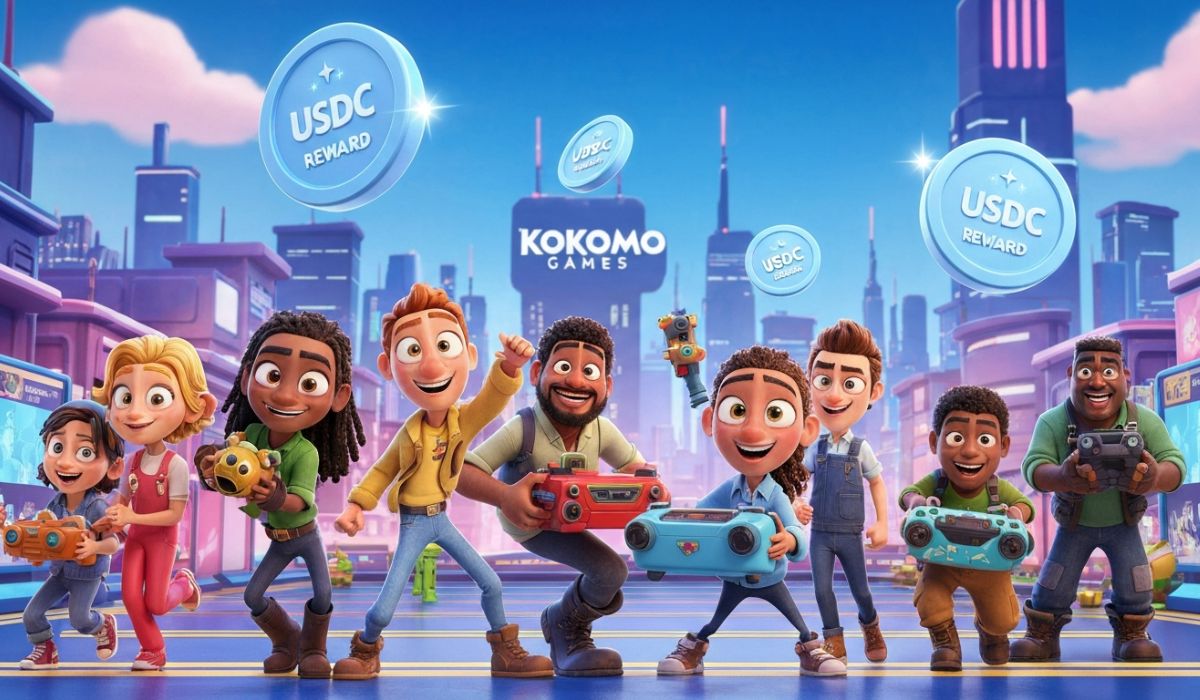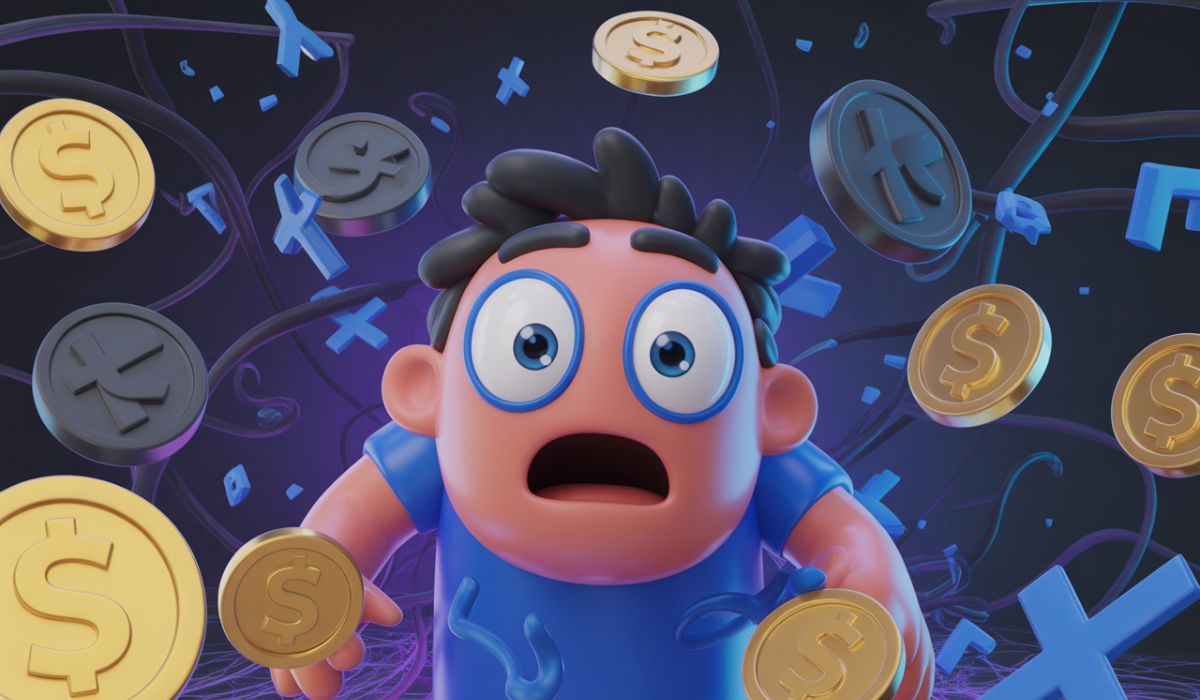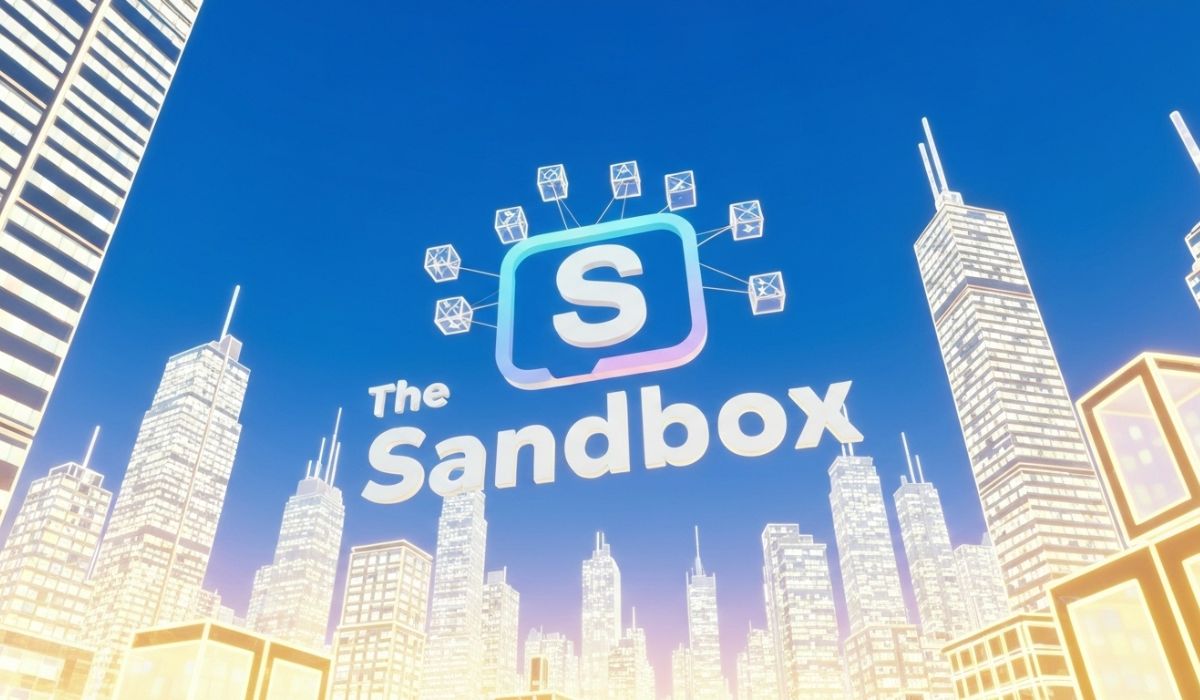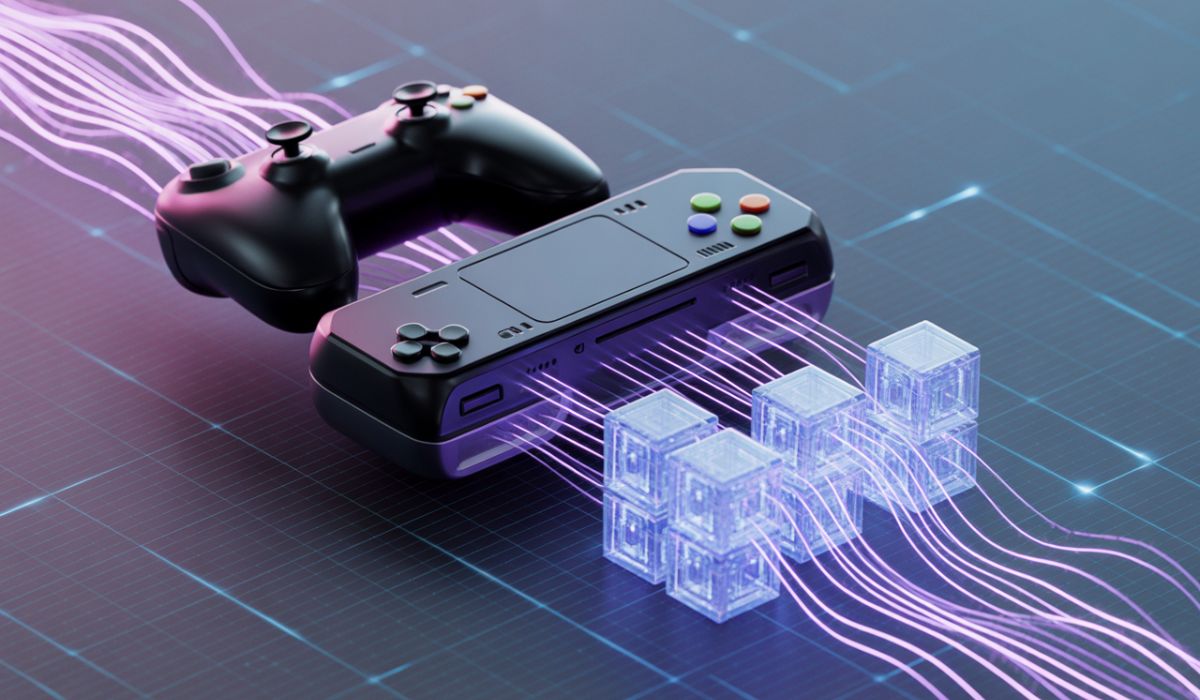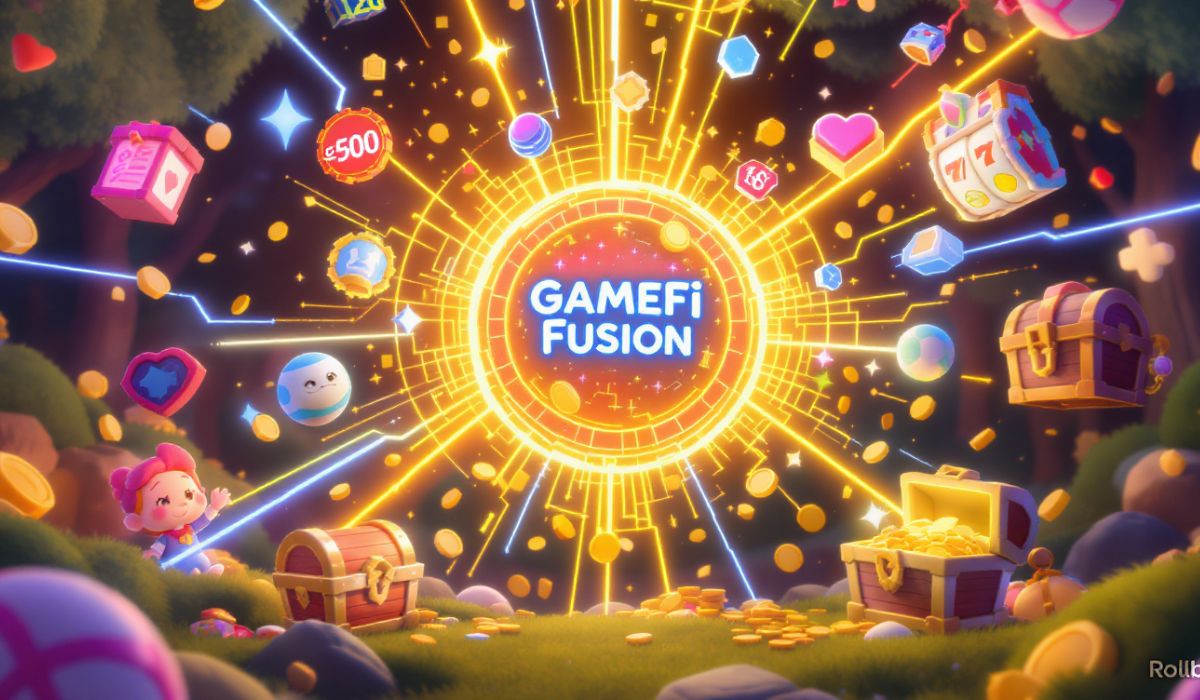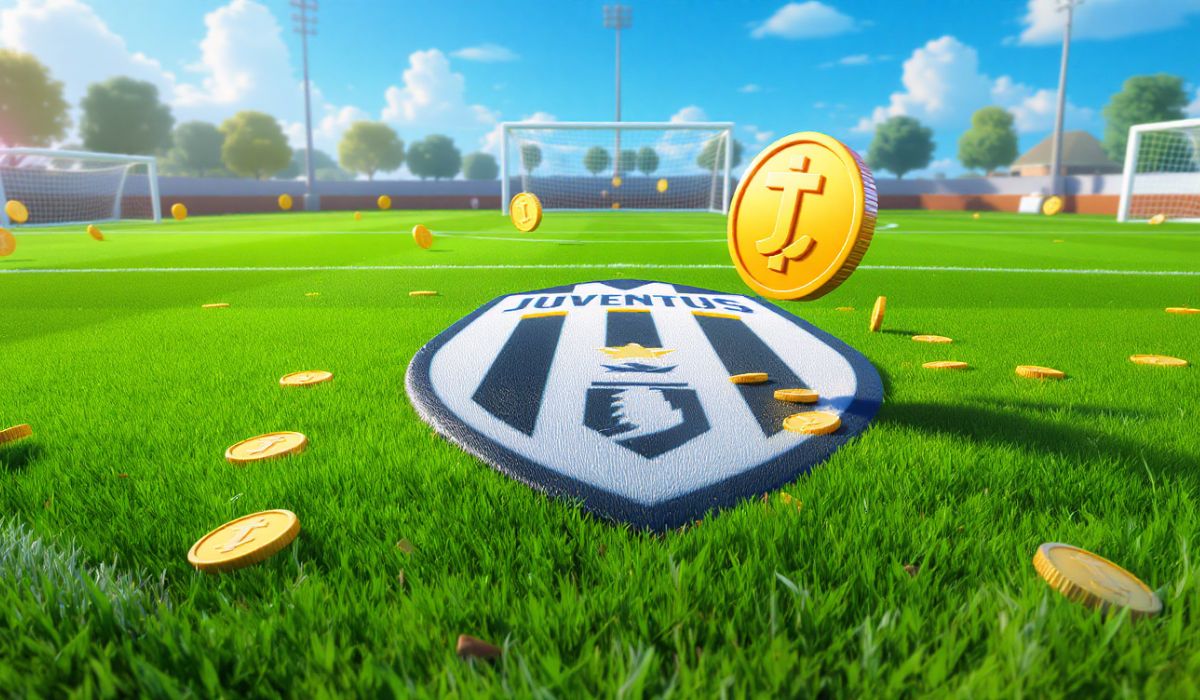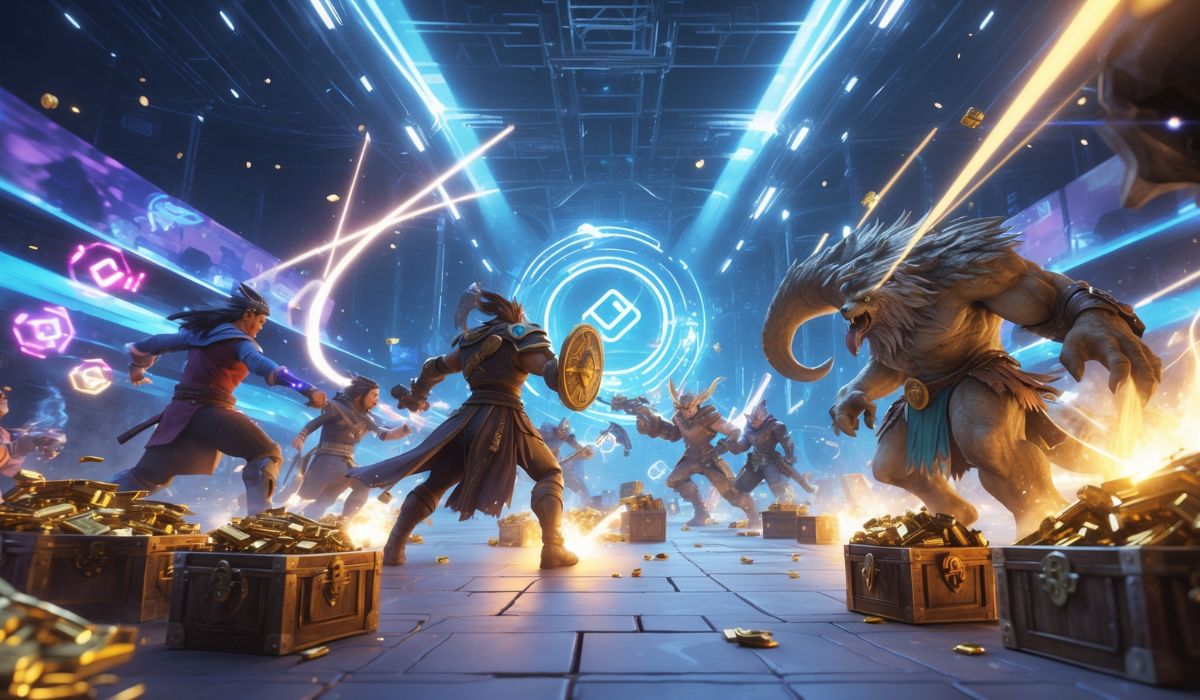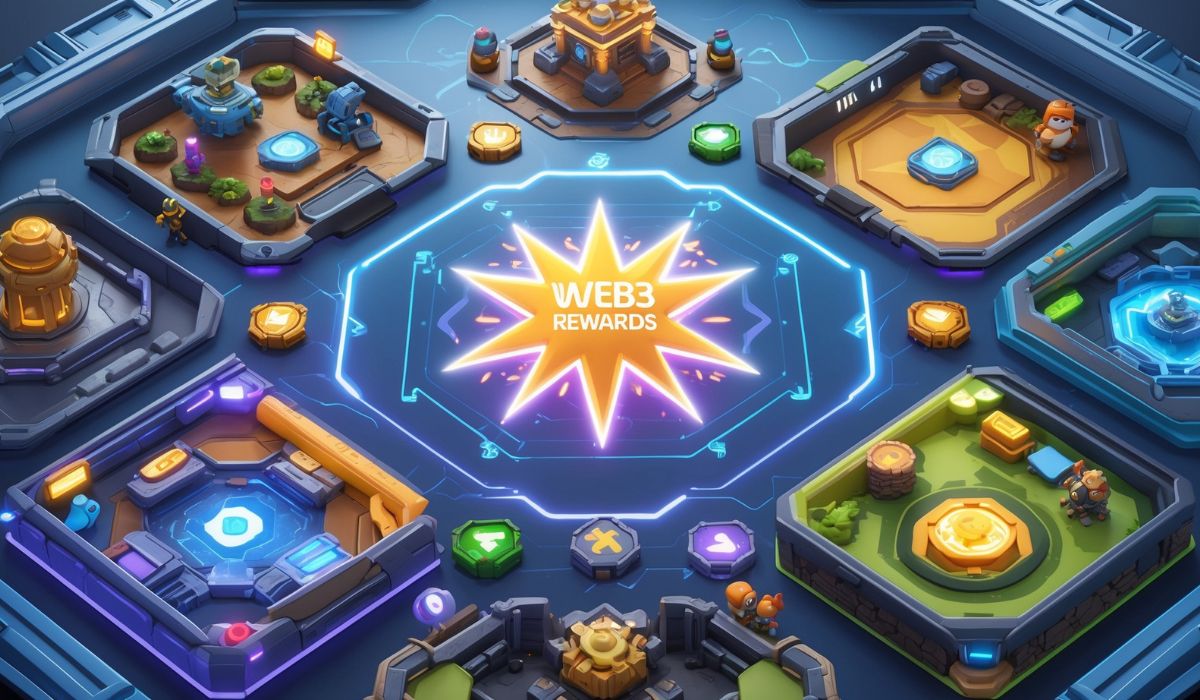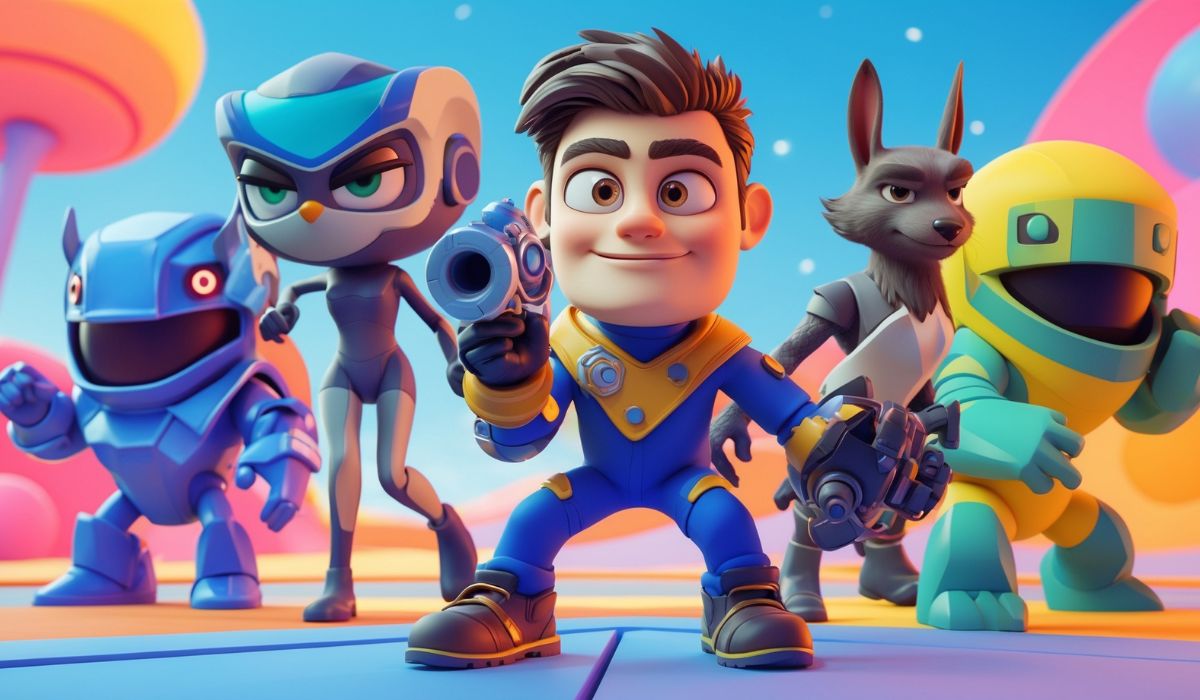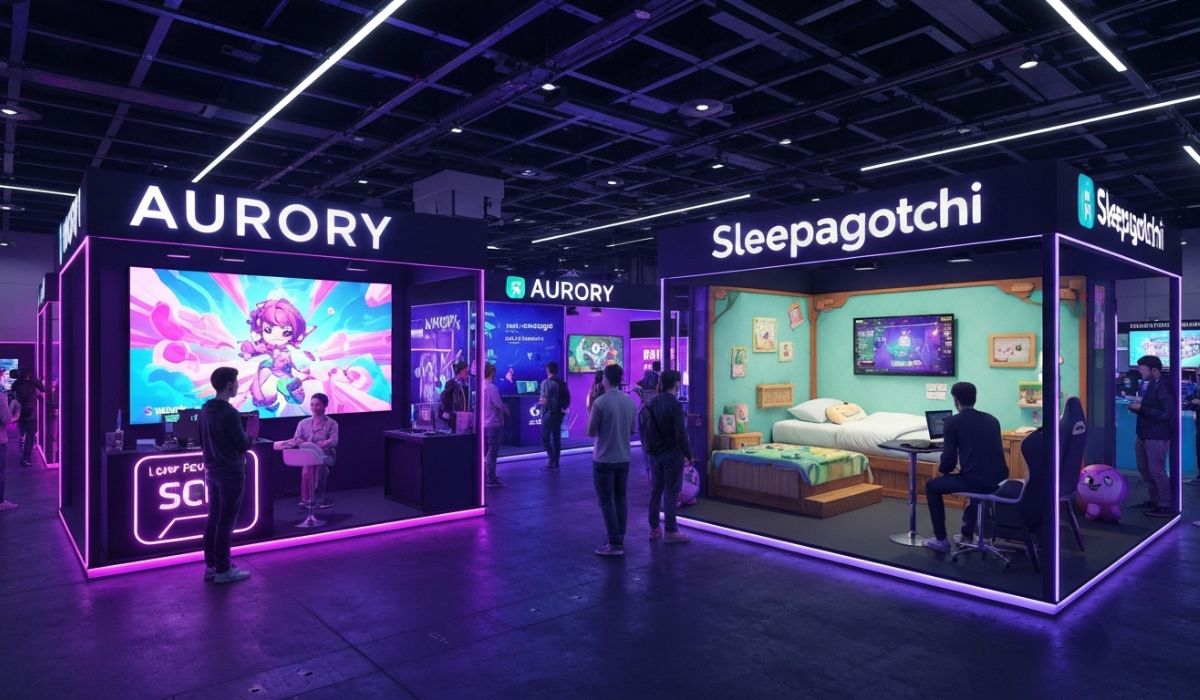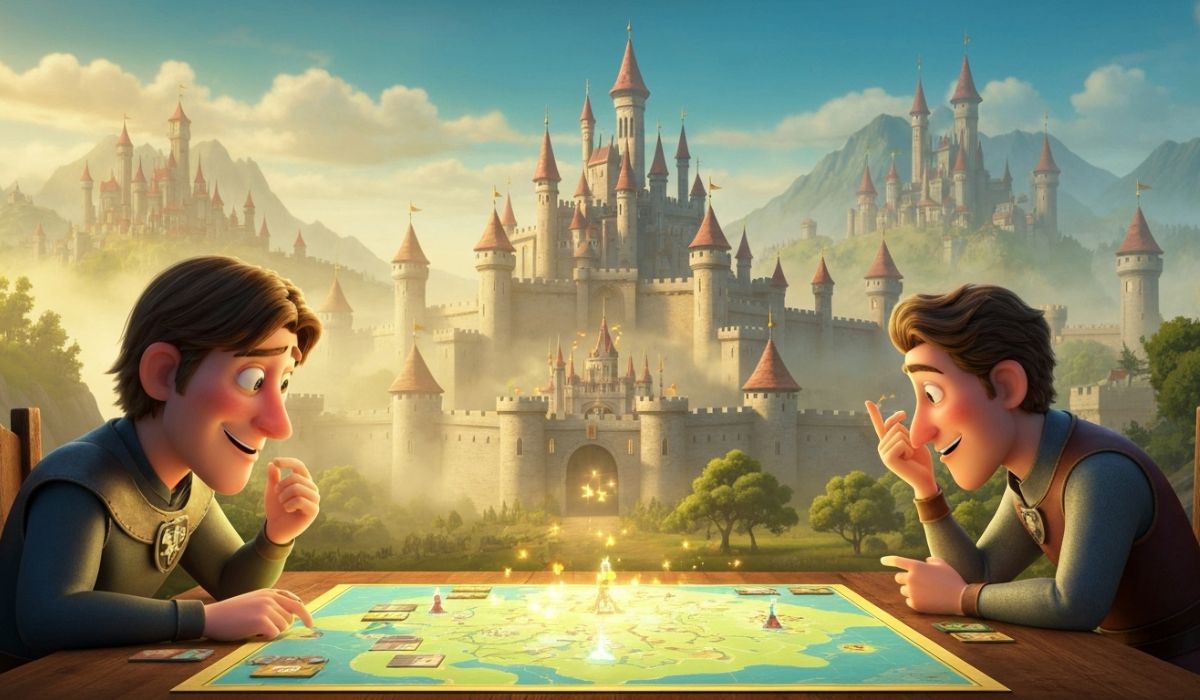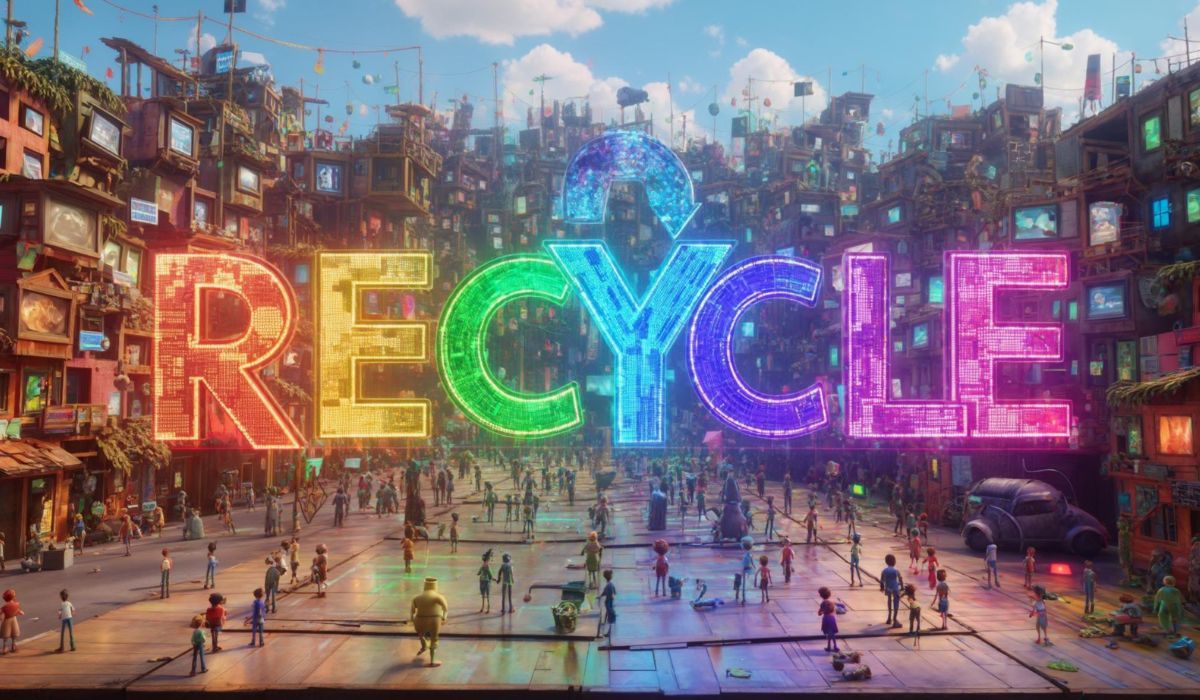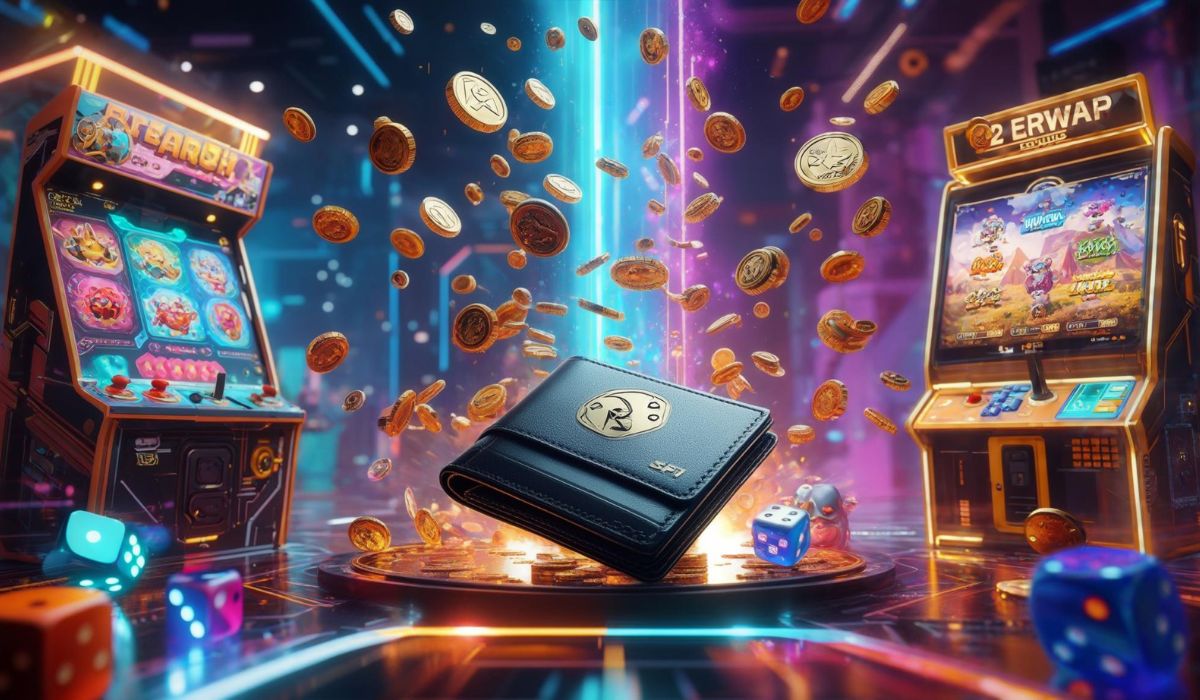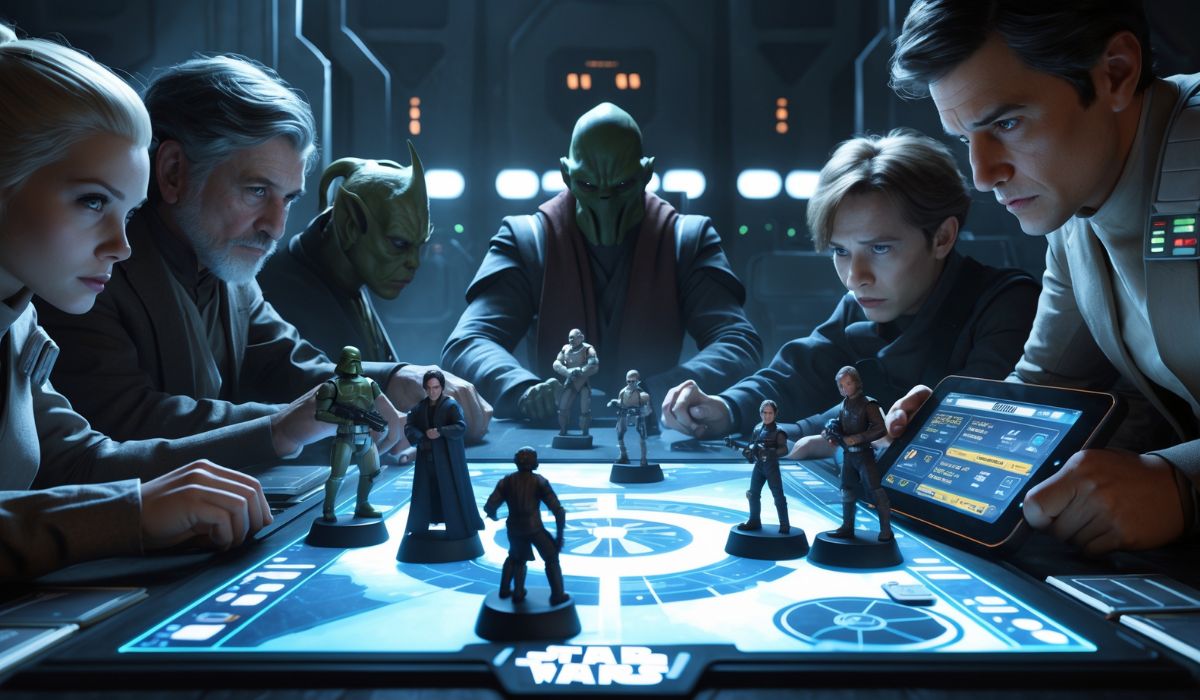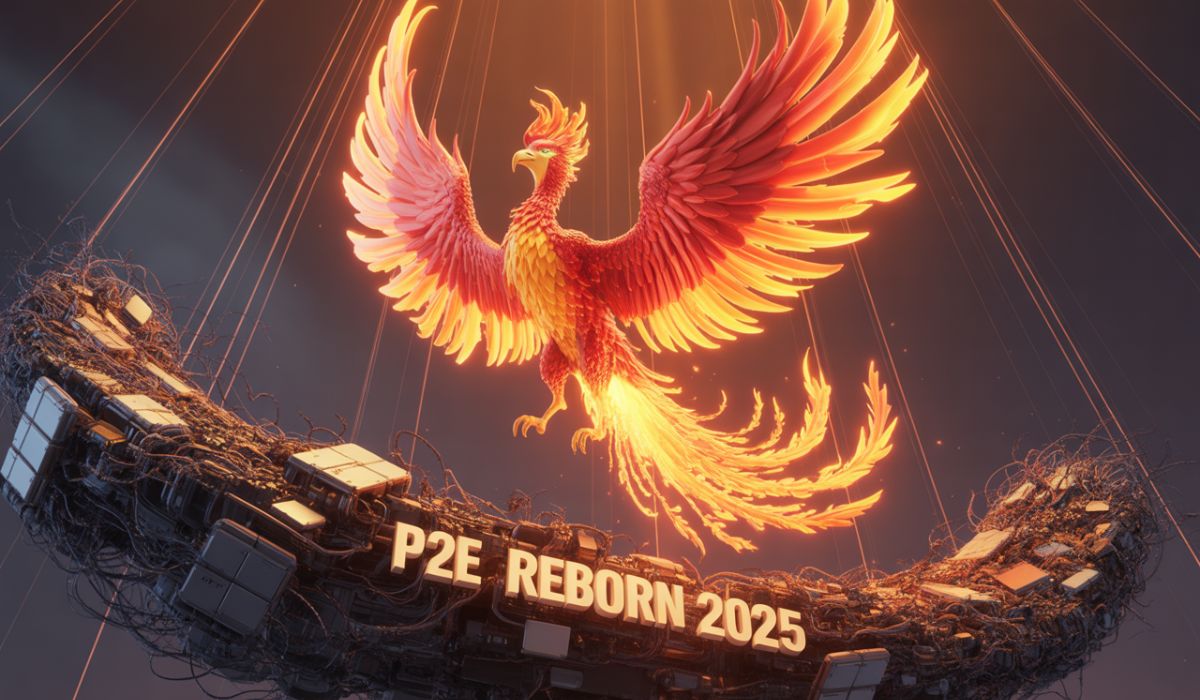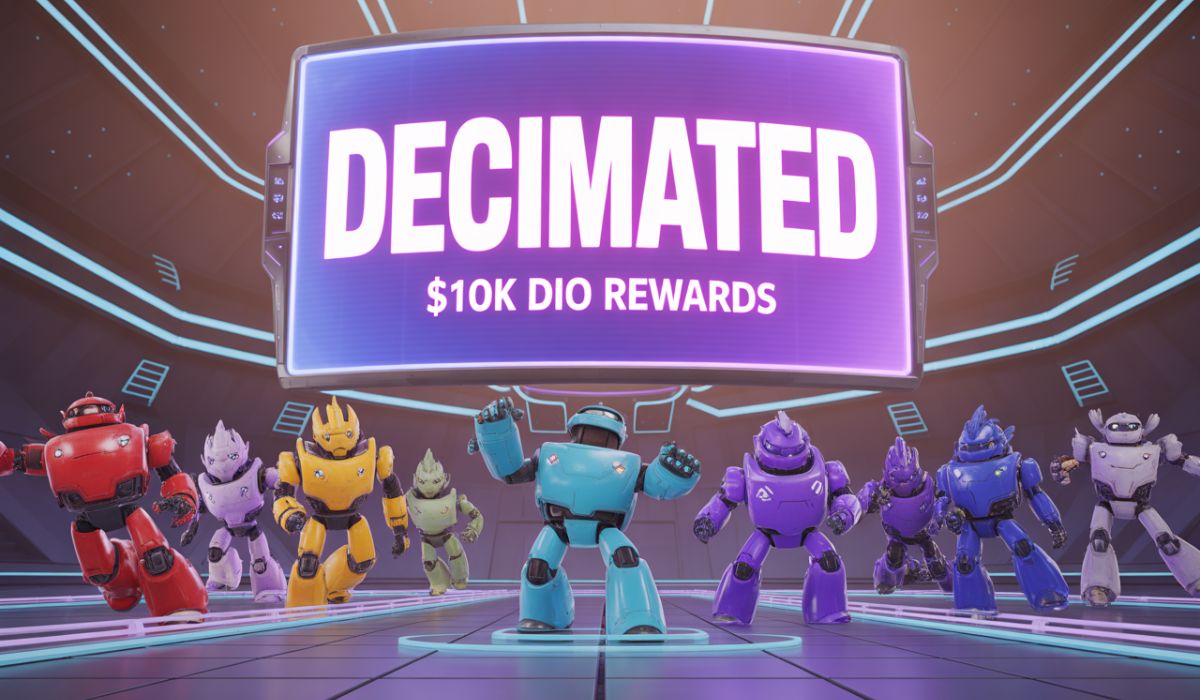Orbler and StarSphere Partner to Turn AI Art Into Web3 Earning Opportunities
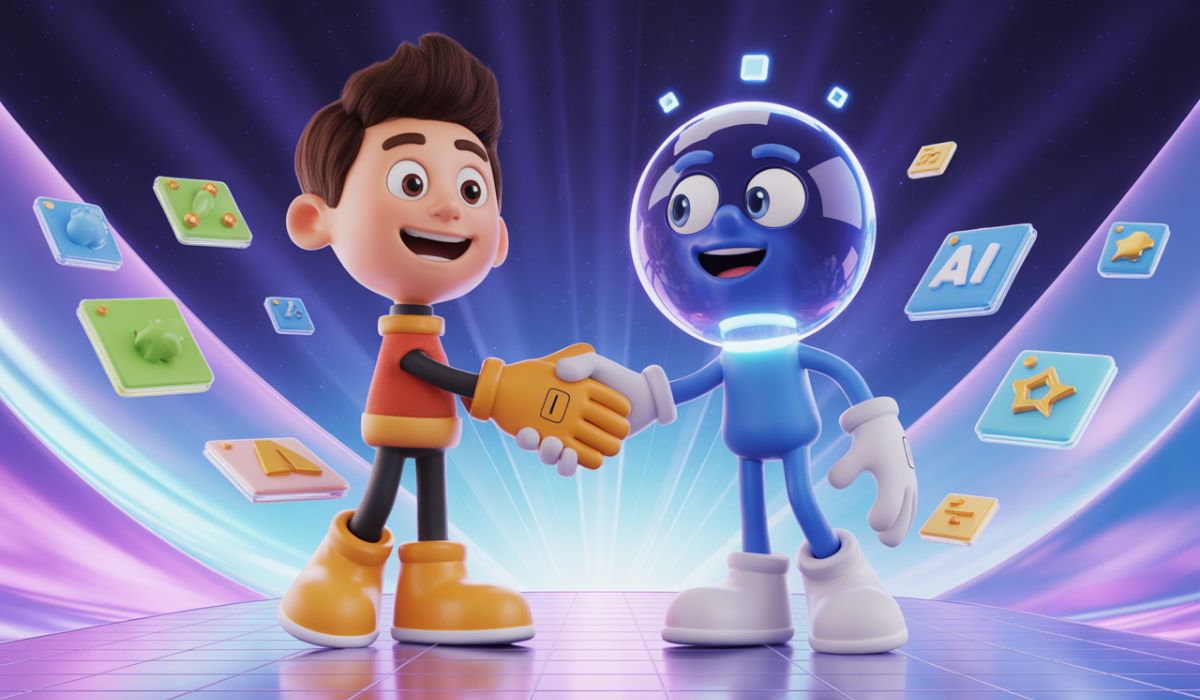
A new partnership announced on October 13, 2025, between Orbler and StarSphere is drawing wide attention across the Web3 and digital art space. The collaboration aims to connect artificial intelligence (AI)-generated artwork with blockchain-based earning models in a way that appeals to artists, gamers and traders. The concept introduces systems such as create-to-mine, pay-to-earn and trade-to-earn, making it possible to turn digital creativity into income in multiple ways.
To understand the significance of this development, it is helpful to break down the roles each platform plays. Orbler is a blockchain protocol that uses a themed ecosystem built around “orbs,” which function as power-ups, utilities or in-game elements across supported platforms. StarSphere is focused on AI-generated artwork and interactive creative environments. By combining these strengths, the two platforms want to make digital art more functional, tradeable and rewarding.
🗞 #StarSphere is redefining creation with Create-to-Mine, Pay-to-Earn, and Trade-to-Earn — where imagination literally pays off.
💫 AI art becomes an asset. Games become gateways. Creativity becomes currency.
Together, they are building a… pic.twitter.com/ye8ac7pzGy
— ⚡️Smart Crypto News ⚡️ (@SmartCryptoNew1) October 9, 2025
What the Partnership Offers
The core idea is that users can generate artwork using AI tools on StarSphere. Instead of simply saving or sharing that art, it can become a blockchain asset that supports new earning formats. These models are designed to be more accessible than traditional cryptocurrency mining or complex DeFi systems.
Create-to-mine allows AI-generated art to act like an asset that can be mined for tokens. Rather than running energy-intensive hardware, users generate original pieces, and the art itself unlocks token rewards through linked gameplay or platform mechanics.
Pay-to-earn introduces a game-like system where participation, staking or gameplay unlocks tokens or features. Users can enter these environments using their AI art creations or earned items.
Trade-to-earn supports buying, selling and exchanging artwork and related items in a Web3 marketplace. If a creation gains popularity or utility, its holder can profit by trading it.
Orbler’s orb-based infrastructure adds upgrades, visual effects or in-game advantages to these assets. StarSphere’s design elements create a themed universe around stars, space and creativity. Together, they form an economy where digital art evolves beyond display value and into an active, usable resource.
Although no exact launch date has been provided, early communication suggests a rollout window in late 2025. Beta access, test events and pre-launch collaborations are likely to appear ahead of general availability. The goal is to make earning models easy to understand and use even for those unfamiliar with Web3. The timing aligns with a broader rise in AI-generated content. Tools such as Midjourney and similar platforms have already shown how quickly AI can assist with image creation. Adding blockchain mechanics to this process seeks to transform digital art into something that has direct economic potential.
Community Reactions and Concerns
The announcement has sparked both optimism and skepticism. Supporters see the collaboration as an entry point into blockchain economies for artists and players who might not have technical backgrounds. They argue that turning AI art into tokens or tradeable assets lowers barriers and makes earning more engaging.
Others urge caution. Some observers point out that many earn-based blockchain projects in the past lost momentum because they depended on speculation rather than long-term value. There are questions about whether create-to-mine models can sustain demand or if marketplaces will struggle once the novelty fades. Concerns also include oversupply of AI-generated content and the challenge of balancing gameplay incentives with artistic quality.
Despite the debate, interest remains high. Video creators, forums and social channels are actively discussing how these systems might work, whether they can retain users, and how the collaboration compares to previous Web3 gaming and NFT projects.
Who Might Benefit Most
The groups most directly affected by this development include:
- Digital artists and AI creators
They gain access to a system that allows their work to be tokenized and mined for rewards without navigating complex minting or DeFi tools. This could attract people who avoided NFTs due to cost or difficulty. - Gamers and interactive users
The pay-to-earn pathways turn AI creations into usable items in virtual environments. Gameplay could become a new method of unlocking value from personal designs. - Traders and collectors
Trade-to-earn mechanics open possibilities for flipping assets, investing in rising creators or discovering niche markets in themed economies. - Developers and platforms
There is potential to integrate similar models into future ecosystems, especially as AI art connects with cross-chain tools and gaming hubs.
A table helps summarize the three main systems:
| Earning Model | How It Works | Who It Appeals To |
|---|---|---|
| Create-to-mine | AI art becomes a mineable asset for tokens | Artists, hobbyists, designers |
| Pay-to-earn | Users stake, play or interact for rewards | Gamers, platform participants |
| Trade-to-earn | Creations are bought, sold or swapped for profit | Traders, collectors, investors |
If the collaboration succeeds, it could influence other blockchain projects to develop their own AI art economies. Accessible earning formats may encourage adoption among users who have never engaged with tokens, NFTs or decentralized apps. It could also create new standards for how digital art interacts with markets, games and tokenized ecosystems. On the other hand, the project must demonstrate staying power. Without strong user retention, balanced token economics and appealing content, earlier excitement can fade and leave platforms empty. The long-term outcome will depend on whether users continue creating, trading and playing after the initial launch period.
Final Outlook
The Orbler and StarSphere partnership represents an experimental step in merging AI and blockchain utility. By connecting creativity with practical earning formats, it introduces a model that is easier to understand than many past Web3 projects. The idea of generating art and gaining value from it through mining, trading or gaming appeals to a wide range of users.
Success will rely on execution, community engagement and the ability to balance art, gameplay and economics. The coming months, especially the expected rollout in late 2025, will reveal whether this is a lasting advancement or a short-lived trend. For now, the collaboration signals a shift toward more interactive and imaginative uses of AI in the digital economy.

